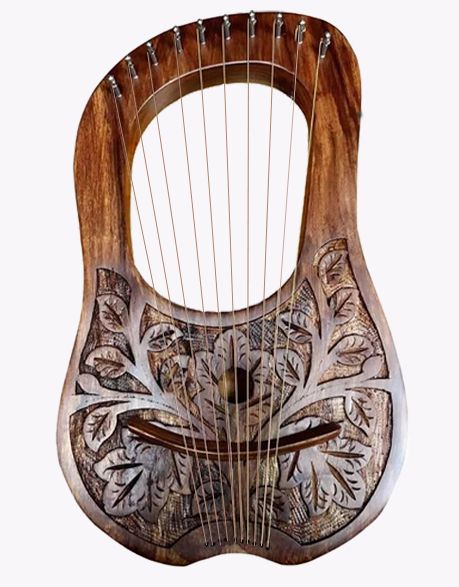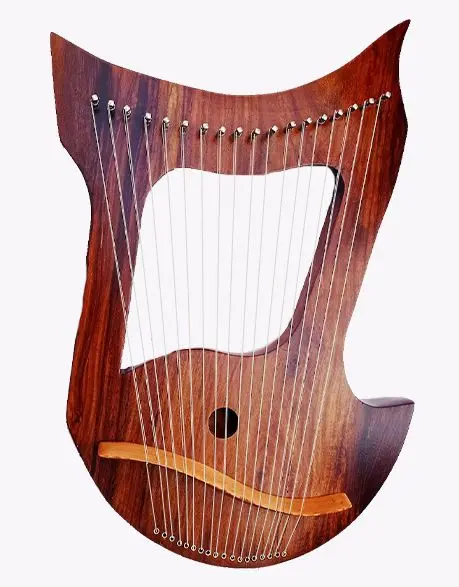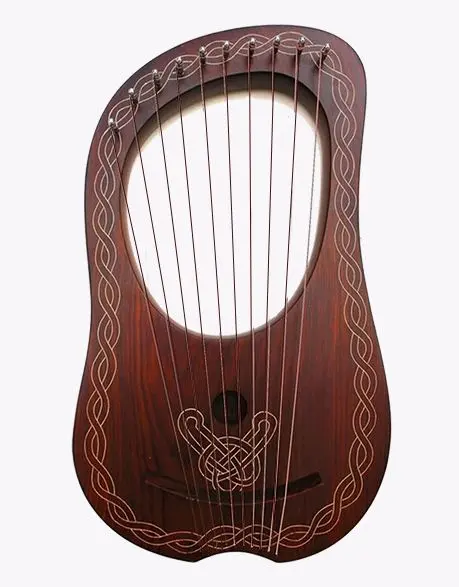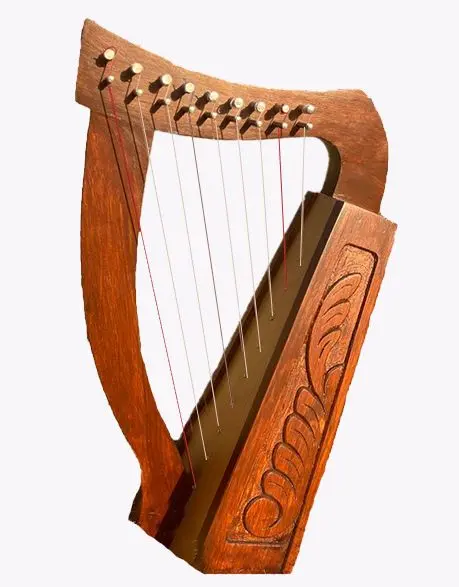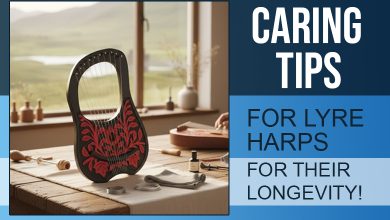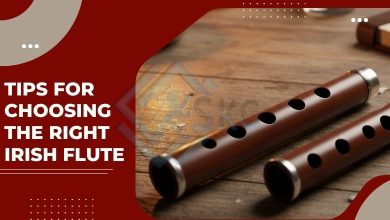Lyre Harps: History, Types, and Buying Tips Guide
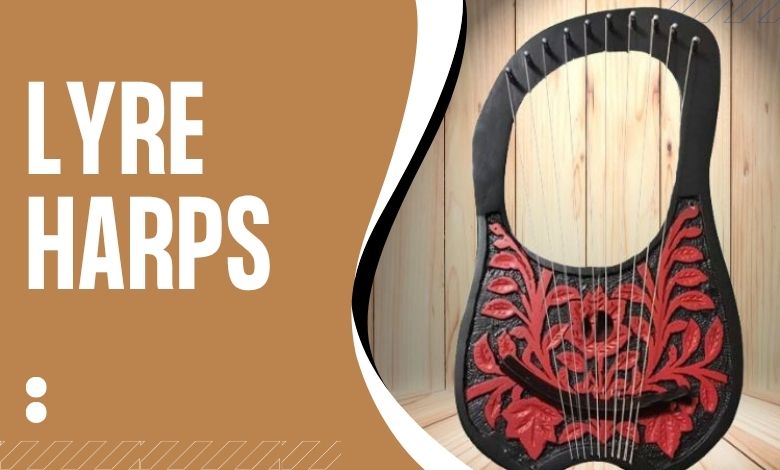
Music and Celidih are primary parts of every Scottish cultural and modern festival. It is said that Scottish festivities are only complete with them and traditional Scottish musical tools and woodwind instruments make these customs more attractive. A traditional among them is the lyre harp, which has been a part of music there and is known to produce multiple soft melodies. This article describes everything from its history to buying tips. Let’s start with understanding what this melodious tool is.
Table of Contents
ToggleUnderstanding Lyre Harps & Its Types
A lyre harp is a type of stringed instrument, similar in appearance to a smaller harp, but with distinct differences in construction and sound. It’s characterized by strings stretched across a frame, often with a sound box, and is known for its ethereal, gentle tone. It has many parts including a soundbox, arms, crossbar, strings, and bridge. Therefore, lyre harps have 2 primary variations: Diatonic and Chromatic harps. These types have different features given below:
Diatonic Harp
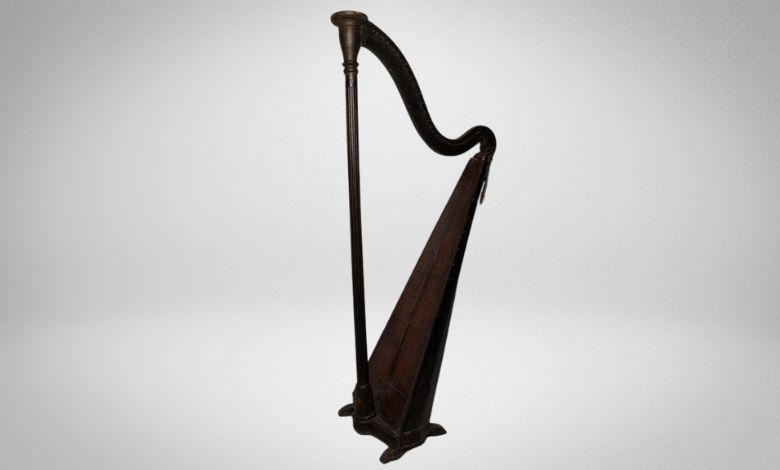
A diatonic lyre harp is ideal for playing melodies and a variety of songs because of its straightforward seven-note scale With string counts varying from 7 to 24 or more, these harps are frequently small and lightweight. Both novices and those interested in meditative music can benefit from their approachable playing style and history connected to poetry and narrative.
Chromatic Harp
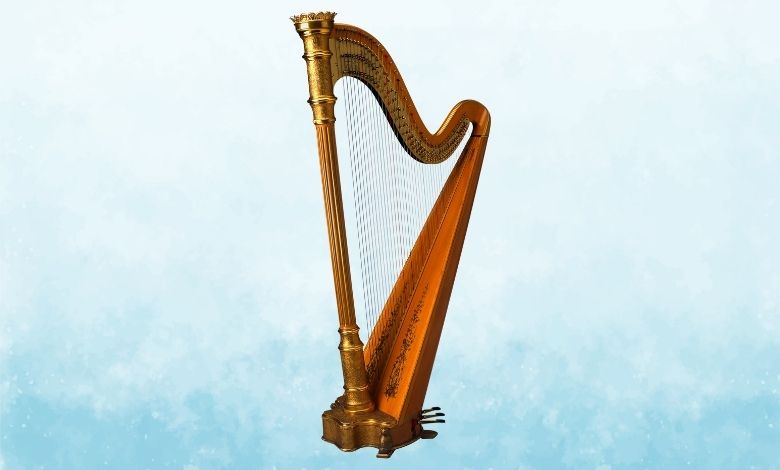
A Chromatic harp, on the other hand, is a larger one that can play all 12-note scales of Celtic music. The existence of 24-32 strings helps players to produce complex melodies very easily. Moreover, a chromatic lyre provides access to sharps and flats, enabling the player to create music in various keys and scales. Instead of their large size from diatonic harps, they are portable and easy to handle.
History of Lyre Harps
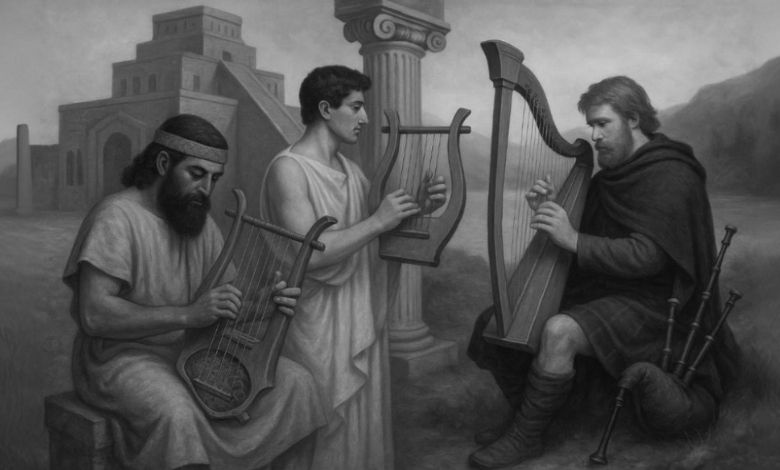
Lyre harps are considered to be the ancient stringed musical instruments. Studies claim their discovery 2500 years before BCE, which means their age is around 4,500 years. The first people to invent this masterpiece were the Sumerians of ancient Mesopotamia. Musicians from ancient Greece also played a particular role in its development and modifications.
Initially, tortoise shells were used to make the crossbars while wood made their arms. The Clàrsach remained the national instrument of Scotland for various centuries as a loyal companion of bagpipes, which are strongly associated with Scottish culture. Therefore, Scots adopted lyre harps in the 8th century as part of their musical instrument. It was a time when harps became popular not only in Scotland but the entire Highland region.
Why Choose A Lyre Harp Today?
The reasons to choose a lyre harp are important for anyone entering this musical domain. They must know it is different from other stringed instruments adding to its certain charm. Its history dates back to the period even before the Middle Ages. Therefore its frequent link to poetry, storytelling, and times of introspection makes it a top choice for Scottish & Celtic music.
For those who are attracted to calming tones or sound therapy in contemporary music, the lyre provides a convenient starting point. Above all, it is a great instrument for beginners due to its generally diatonic tuning, which makes producing attractive harmonies simple. Relaxation, meditation, and investigating the healing possibilities of music are all enhanced by the soft, ethereal tones.
How to Choose the Right Lyre Harp
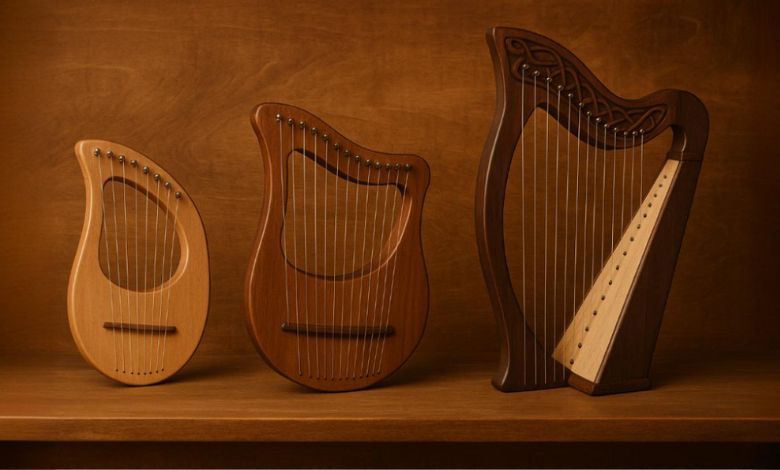
Now that you are aware of why people buy lyre harps, it’s time to decide the ways to choose the right one. Many factors involve making a choice like skill level considerations and budget range as priorities. Meanwhile, there is much to discuss, so let’s proceed!
Skill Level Considerations
Examine your skill level very first because it helps you make an ideal conclusion. As you know, lyre harps have different numbers of strings, and playing it becomes more complex as the number of strings increases. As a beginner, you must start with lower strings!
Intended Use
People consider lyre harps as a tool for playing music only. However, they never pay attention to indirect uses. They promote relaxation and mindfulness via music therapy. Moreover, their association with storytelling, ancient rituals, and poetry is quite strong. So, when purchasing one, the intended use depends on you.
Sound Quality Preferences
No matter what intended uses a lyre harp has; its primary purpose is to produce exceptional melodies with soft sounds. Usually, three factors are primary to examine here; quality and type of wood, number of strings, and expertise of craftsmanship. If you succeed in checking them all, you can easily get what you want.
Portability, Size, and Design
The next thought you should not skip while choosing a lyre harp is knowing where you have to play it. If you transport it to different places frequently, opt for a small and easily portable one. Otherwise, a larger one may also be a fine selection. Similarly, the design of instruments also matters. Having a lyre with a Celtic design in a Scottish or Irish festival might be the priority.
Budget Ranges
When buying a lyre harp, budget is quite important since it affects both quality and usefulness. The tuning of less costly lyres can be problematic, even after early adjustments. In contrast, richer sounds can often be produced by more costly lyres, and their levers are simpler to use. Higher-quality lyres are made using superior components and manufacturing methods, making them more dependable and long-lasting instruments. Likewise, the number of features also impacts the budget range.
Maintenance Tips for New Owners
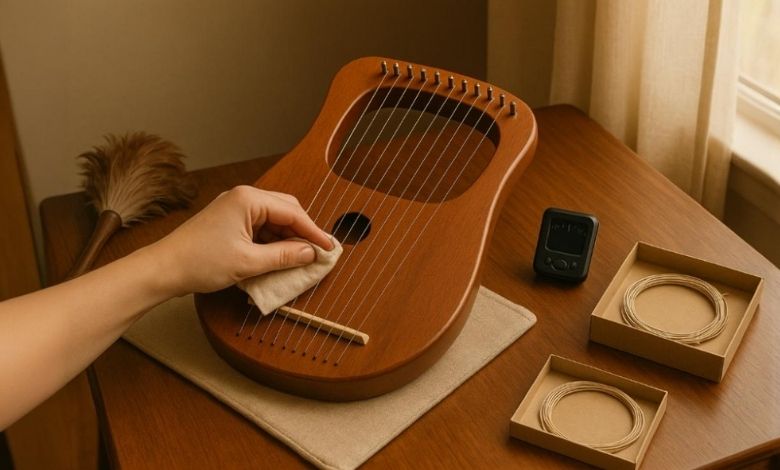
Seniors may be aware of the caring and maintenance tips of lyre harps. Therefore, newbies also must know them, so they may not fail to secure their investment for a longer duration. Similarly, the maintenance of stringed instruments produces high-quality materials for longer tunes.
- Clean dust on your instrument using a soft brush or feather duster to prevent strings from being torn.
- Strings may accumulate natural oils and your fingerprints. You must clean them using a damp cloth with a specifically designed string cleaner.
- Keep the tuning pegs and pin block dry to prevent corrosion, which can cause tuning instability.
- If you notice a problem or dullness in the strings, ensure to repair them on time. Changing them once a year guarantees the longer lifespan of lyre harps.
- Tune your harp properly using an electronic chromatic tuner.
- Protect your lyre harp from dust, moisture, and direct sunlight by confirming its proper storage.
Learning to Play A Lyre Harp
Playing a lyre harp is much easier than learning other stringed instruments like violin and guitar because of its open design. Therefore, the only Highland musical tool considered to be easier than the harp is an Irish flute, which is 2 feet longer having multiple holes and more parts. While learning to play a harp, you must be familiar with basic playing techniques like
- You must hold the lyre in a way that feels solid and comfortable. The size of the lyre and the style of playing you select will determine this.
- You may use a plectrum to strum the strings or your fingers to pluck them.
- The strings may be plucked with one hand, while undesirable strings can be stopped from ringing with the other.
- You can even use both hands to play a lyre harp. Play it in a way that one hand concentrates on the beat or harmonies while the other on the melody.
- Strumming the strings using a plectrum in one hand produces a more steady and regulated tone.
- By practicing these steps regularly, you can become proficient quickly.
Ensure Purchasing From A Well-Reputed Brand Like SKC
Do you know what is the most important aspect of learning and playing a lyre harp? You must have an excellent musical instrument, and to buy this one you must visit a reliable brand like Scottish Kilt Co., where we accommodate our customers with several positive aspects including premium quality, affordability, and excellent craftsmanship. We have several excellent products in our inventory. So, do not wander here and there and explore our products right away. Here are some of our popular products:
FAQs About Lyre Harps and Their Answers
Can beginners learn to play the lyre harp easily?
Are there electric lyre harps, and how do they work?
The electric harp is a musical instrument that functions similarly to an electric guitar. Unlike conventional harps, which employ a sound box, electric harps use pickups to convert string vibrations into an electrical signal. An amplifier receives this signal to produce an audible sound. Similar to electric guitars, sound effects can also be added.
What are the best strings for a lyre harp?
Traditionally, many string variations help to produce melodies. Therefore, the popular choices are nylon and metal strings because they produce warm, bright, and clear tones.
